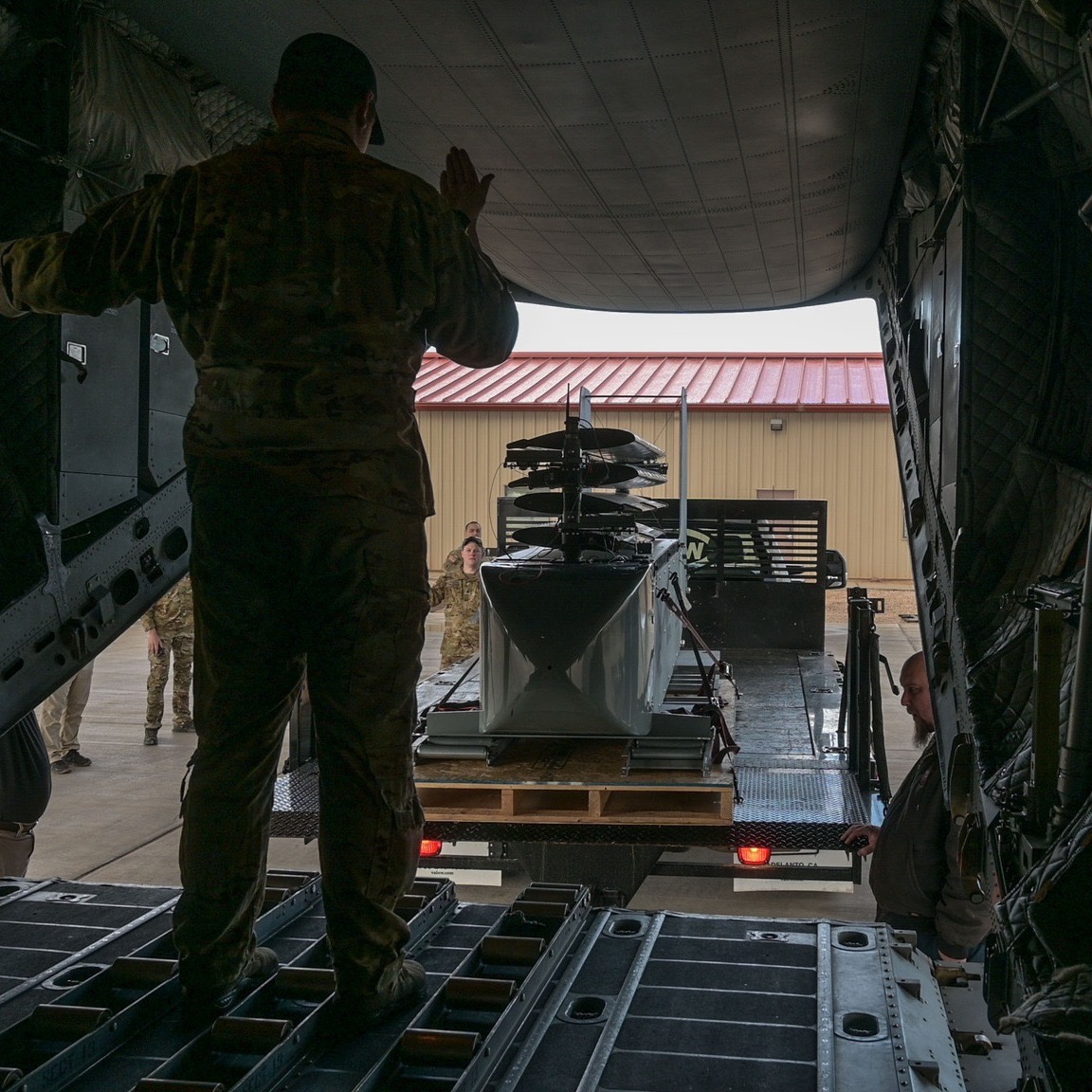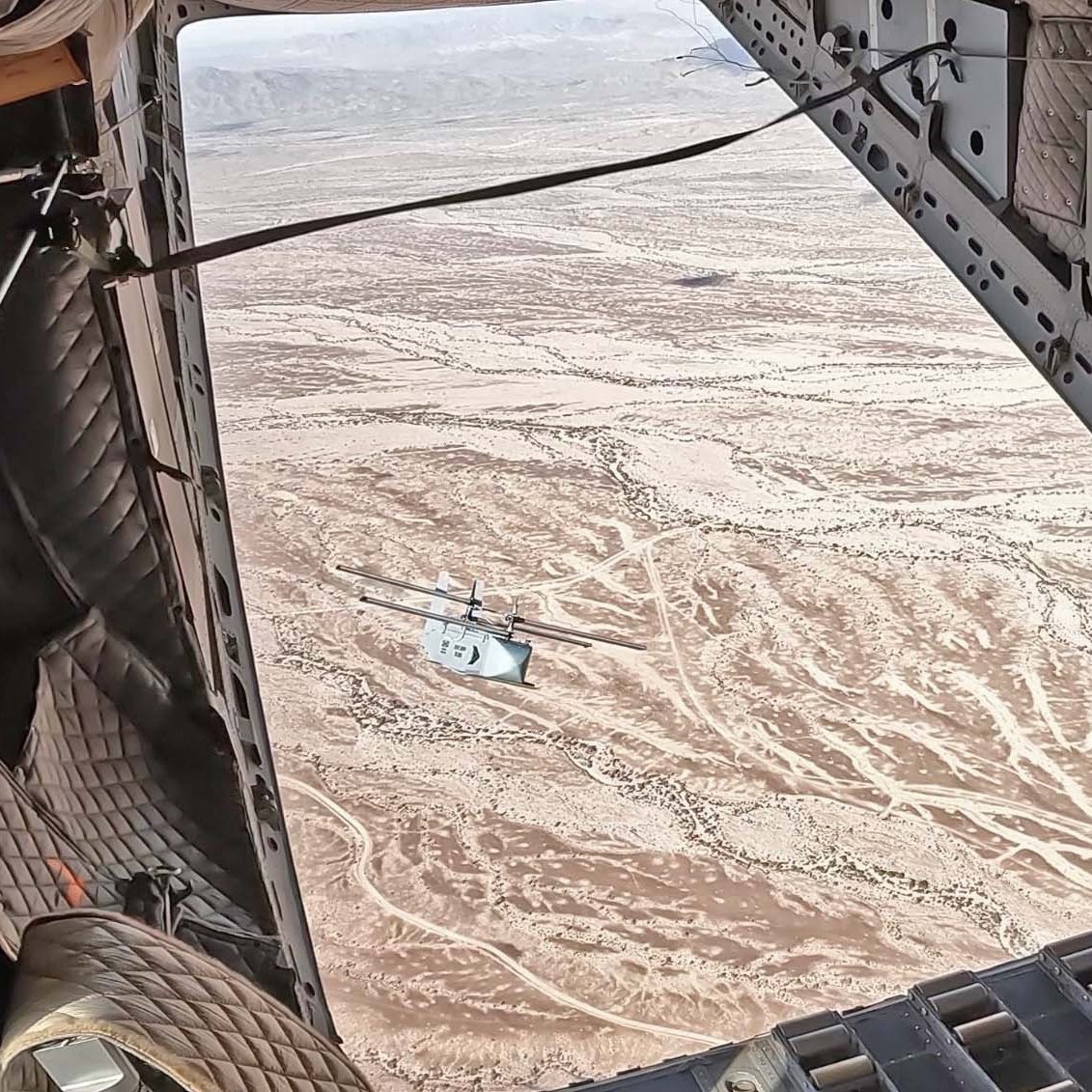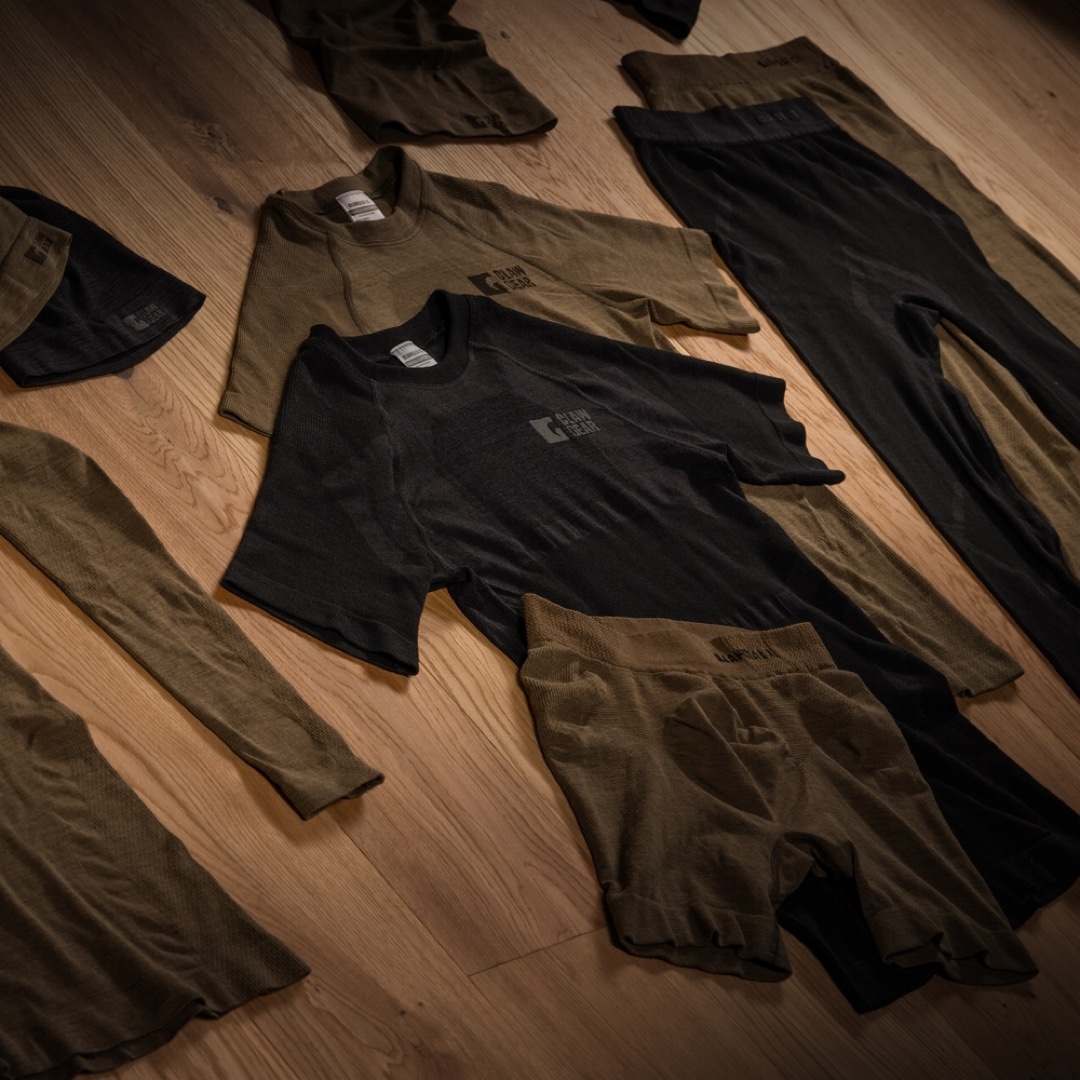
Utilizing Domo Tactical Communications (DTC) MiMo IP Mesh Radio, Kägwerks has provided the capability of attaching a squad-level radio to their DOCK-Lite mount for End User Devices.


Utilizing Domo Tactical Communications (DTC) MiMo IP Mesh Radio, Kägwerks has provided the capability of attaching a squad-level radio to their DOCK-Lite mount for End User Devices.

Abu Dhabi, UAE and Los Angeles, CA (March 29, 2023) – Silvus Technologies, Inc. (“Silvus”), a global leader of advanced wireless networking communications systems, announced its latest strategic collaboration with Al Seer Marine (ADX: ASM) and Broadcast Solutions GmbH to strengthen Al Seer Marine’s Maritime Autonomous Center of Excellence – a leading hub for intelligent maritime solutions.
Located in Al Seer Marine’s state-of-the-art shipyard, featuring the world’s largest robotic arm-based 3D printer, dedicated training institute, and maritime maintenance facility in Abu Dhabi, the Center will provide government, industry, academia and private sector organizations from around the world the opportunity to develop, test, and gain practical experience operating autonomous systems throughout the waters of the region.
Leveraging Silvus’ advanced wireless network communication expertise, Al Seer Marine’s success in autonomous maritime platform development, and Broadcast Solutions’ depth of experience in systems integration, the Maritime Autonomous Center of Excellence will rapidly become a world leading center for maritime solutions.
“Al Seer Marine continues to develop, build and deliver leading autonomous products and services throughout the region. Our organizations share common interests and values in providing the technologies that are needed in today’s world, while shaping those that will form tomorrow. We will continuously help key organizations sustain autonomous systems for the advancement of the UAE and regional partners through the combination of key innovative technologies and working closely with our strategic partners,” said Guy Neivens, CEO of Al Seer Marine.
“We are honored to join with Al Seer Marine and Broadcast Solutions in this collaborative endeavor to accelerate technology innovation and the art of what’s possible. We believe the Center will become an invaluable resource for system developers, industry partners, and end users,” said Allen Johnston, Silvus Senior Director International Sales and Business Development.
“As a long-term Al Seer Marine and Silvus partner, we look forward to contributing our team’s expertise to foster growth and development within the UAE in this exciting sector,” said Peter Jakobsson, Business Development Director at Broadcast Solutions GmbH.
As the Center’s principal communications technology partner, Silvus Technologies will provide wireless broadband network connectivity solutions for organizations accessing the Center. Broadcast Solutions will serve as the Center’s primary systems integration partner, working closely with participating organizations on solutions design, execution, and optimization.

Introducing the Saddle Mount for Steiner MPS & Aimpoint ACRO Optics for the Beretta 1301 & A300 line of shotguns. Machined from billet 7075-T6 aluminum and finished with Mil-spec type III hardcoat anodize, the Saddle is the lowest possible mounting solution for miniature red dot optics utilizing the Aimpoint ACRO footprint, allowing the user to co-witness the factory Beretta iron sights.

Shipping now in black anodize finish.
Like all Reptilia products, the Saddle Mount is 100% made in the USA and carries a full lifetime warranty against manufacturer defects. Click here to buy now.


Compatible with:
Aimpoint® – ACRO P1 and P2
Steiner Optics® – MPS
Technical Specifications:
• Material: Billet 7075-T6 Aluminum
• Finish: Type III MIL-SPEC Anodized
• Compatibility: Beretta 1301 & Beretta A300
• Weight: 0.8 oz.
• MADE IN USA
• MSRP: $119.95


YUMA PROVING GROUND, Ariz. – In February 2023, 1st Special Forces Group (Airborne) successfully tested a new unmanned aerial delivery platform, the GD-2000 glider (glider disposable 2000 lbs.). This glider is an alternative to the current means of supply delivery into diverse environments. Implementation of the glider will result in enhanced capabilities of the Special Forces detachments deployed through varied, and often restrictive, terrain.
Timely and accurate resupply is imperative to the success of combat operations.

This success does not only lie with the operators on the ground but also with utilizing emerging technology. The GD-2000 is a glider platform that Special Operation Forces innovators hope will revolutionize aerial delivery to Green Berets in the field.
“It’s an autonomous aircraft that carries 1,500 pounds of payload,” said Chip Yates, CEO of Yates Electrospace, and the creator of the glider.
“It flies for 15 minutes, flares and lands where you want it,” he continued.
Traditional supply delivery systems can be more cumbersome and more detectable by the enemy when compared with the glider. It was birthed out of a request from the U.S. Marine Corps as an alternative to the Joint Precision Air Drop System (JPADS). JPADS tend to be both larger in size and have limited ability to maneuver through the air, making them less accurate, especially over long distances or in high-wind conditions.

“What this glider does is give us a much greater [travel distance] and a much greater glide ratio into a target,” said a Special Forces detachment commander, whose team tested the glider.
The GD-2000 is a small aircraft designed to land at a precise location while being released from a greater distance than traditional supply drops. The glider can travel up to 40 miles once released and is completely disposable once on the ground, allowing it to be left in denied or contested territory without compromising the security of the Soldiers receiving the supplies or the technologies or techniques employed by the U.S. military.
“If we are able to get [the glider] up to 40,000 feet we’re looking at [travel distances] in excess of 25 to 30 miles. That’s a pretty unique capability and not matched by anything we currently have,” the commander said.
This would also allow for aerial delivery to remote islands that require a greater level of precision to reliably reach their destination. With some modifications, the designer of the glider claims it can also land and be recovered in a maritime environment, further enhancing resupply capabilities to the sort of small islands often found in the Indo-Pacific.
During the testing, the GD-2000 carried a 1,000-pound payload and was airdropped from a C-27J plane. During several drops, the glider landed within 30 meters of its intended target at Yuma Proving Grounds, Arizona. The hull of the aircraft was still intact and protected the cargo inside.
“[The glider] gives us the ability to drop this from a plane outside of controlled airspace into international air space and fly resupply in from an unmanned autonomous craft. It’s a huge enhancement to the mission” the commander said.
1st Special Forces Group (Airborne) is committed to innovating beyond the status quo. Today’s tests and experiments are done to ensure that tomorrow’s problems do not catch us off-guard. Enhancing our capabilities fosters an environment of competency within the unit and allows for our Soldiers to continue the mission of maintaining a free and open Indo-Pacific.
Story by SGT Thoman Johnson, 1st Special Forces Group (Airborne)

During IWA 2023, Austria’s CLAW Gear unveiled their Merino Seamless Baselayer Series, a newly developed line of base layers made in the EU. They collaborated with European military alpine specialists to create this series, which is designed to serve as a foundation for layering clothing, particularly for military and law enforcement contexts. Their primary focus during development was achieving ideal moisture management, which we accomplished by incorporating ventilation zones into the design.